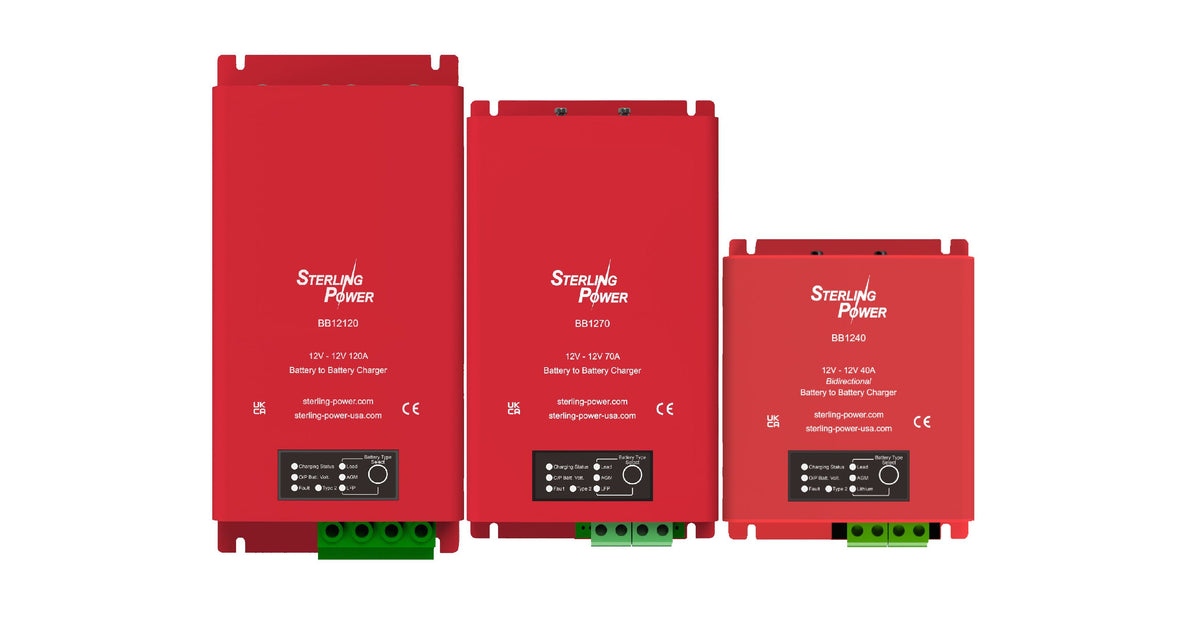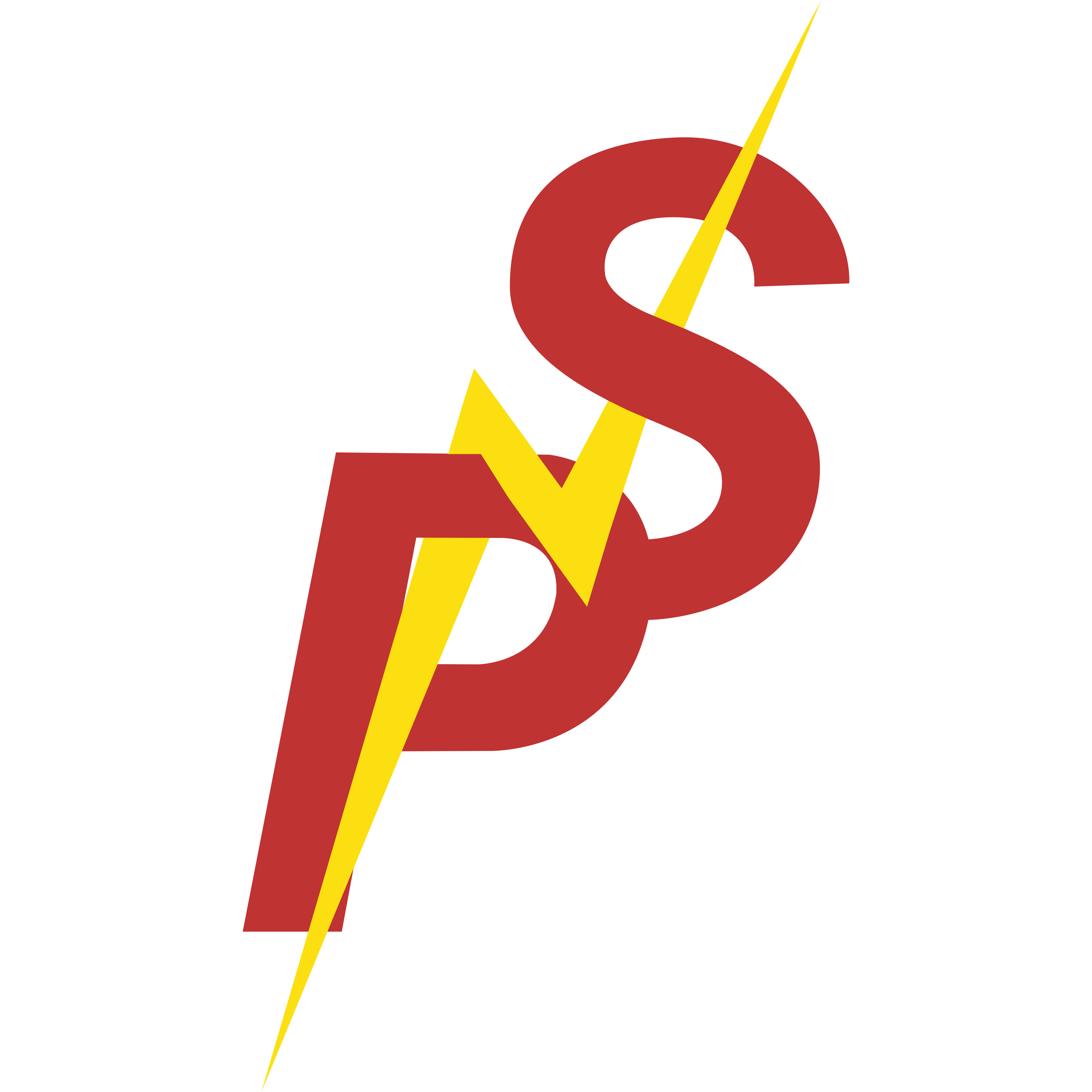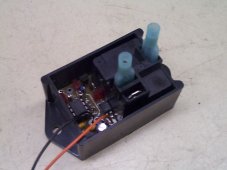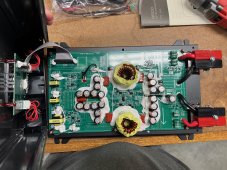I have a small motorhome with 200Ahr of LiFePO4 batteries for the house and a standard LA chassis battery for the engine etc. Previously when I had LA house batteries, I had a Combiner which connected both batteries together when either was above about 13.2V (charging voltage) This allowed either the alternator or the house converter/charger to keep both batteries charged.
With the change to LiFePO4 house batteries, I have disconnected the Combiner and I have a DC-DC charger installed. I also have a Samlex EVO converter/charger/inverter/Auto-transfer switch and a solar panel with MPPT feeding into the EVO.
LiFePO4 batteries need the charging current and voltage regulated to proper operation, but the LA batteries just like to be kept fully charged. At the moment, I have the EVO and the MPPT chargers set to float at 13.5V once the charge cycle is complete to carry the 12V loads in the house portion of the motorhome (lights, water pump, fans etc). The LA chassis battery will be happy to also float at that voltage while we are camping. Currently (no pun intended) I have a ATO fuse-holder between the two battery systems. I simply plug in a fuse and the chassis battery will receive a 13.5V trickle charge from the house battery system. The DC-DC charger is only enabled when the IGN key is ON, so it is defeated when the engine is not running. So as long as I remember to pull the fuse before starting the engine, all is fine.
However I know that at some point I will forget to pull the fuse, so I want to automate this. I owned a business dealing in Police/Fire/commercial radio communication systems. We developed and made a Power-Down Timer device that allowed the radio to remain ON after the vehicle engine was shut OFF for a period of time, or until the vehicle battery dropped below a set level. I'm going to re-write the code so that the device's relay will not connect if the engine is running or if the voltage is either above or below the float charge voltage (13.5V). It will come on if the voltage is sitting at 13.5V on the House battery side to maintain the chassis battery charge.
Here is a photo of our Power-Down Timer. They are other's available, but ours had some features that were not available on others, so we made our own.
View attachment 100575







